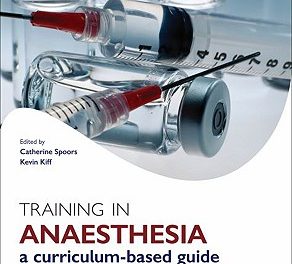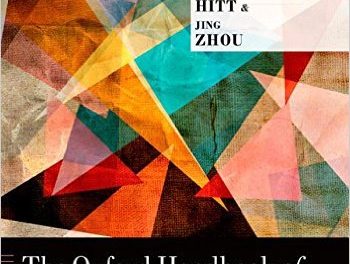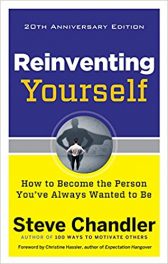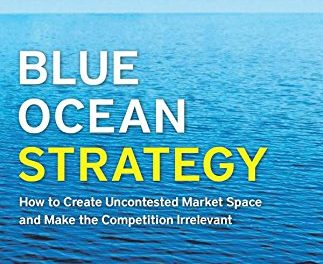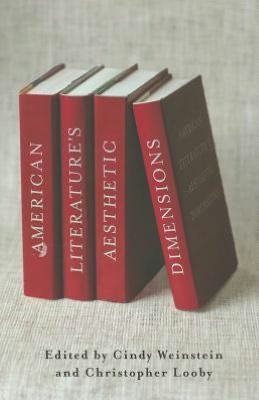 Editors: Cindy Weinstein and Christopher Looby
Editors: Cindy Weinstein and Christopher Looby
Publisher: Columbia University Press
Book Review by: Paiso Jamakar
Literature is said to be aesthetic or have aesthetic qualities when it has “beauty” and “taste” and provides pleasure to the reader. Narrative forms of writing such as short stories and novels for example are pleasurable to read when the writer uses such desirable values as irony, metaphors, and poetic language, among others.
Literature has beauty when there is a good plot, ample suspense and some symbolism, and when it is wrapped neatly together around a good theme. All these elements in writing constitute its form, as opposed to its substance.
Aesthetic literature also has one other important element and that is order. A proper sequence of events is presented that establishes cause-and-effect relationships. The writer presents the happenings in a story based on their importance and consequence to the outcomes, and especially to the final outcome.
Other dimensions of aesthetic literature are: the use of distinct language patterns, skillful creation and development of memorable characters in the story, descriptions of settings through as many of our senses as possible, and adding details to abstract ideas to make them come alive. The most important characteristic of aesthetic literature is its coherence, which is usually lacking in real life (this may be one reason why some people escape from it by reading).
Michael T. Gilmore provides a succinct review of American Literature’s Aesthetic Dimensions by writing: “This indispensable book recuperates questions of beauty, form, sensuousness, and taste after they have been largely discarded by the politically-engaged criticism of the last two to three decades.”
“Understandably wary about the renewal of the aesthetic as the absolute horizon of interpretation, Weinstein and Looby – and their contributors – make a compelling case for reintegrating formalism and historicism. I can think of no other collection with similar richness and revisionary scope; its appearance marks a watershed in the study of American literature.”
This book starts out with the observation by the editors in their Introduction that American literature had, for many decades in the past, numerous and distinct aesthetic elements, with its “embrace of romance rather than realism, its colloquial style, or some other discovered or invented quality.”
Critics of literature with aesthetic qualities later contended that this constituted a “dangerous and morally blameworthy evasion of history and political reality.”
So it came about that the aesthetic dimension of American literature was dismissed “as a matter of minor importance, trivial distraction or accidental detail.” (But it was never totally avoided, the editors point out).
In recent years then, this dismissal of the aesthetic qualities has made studies of American literary works incomprehensive, to say the least. Such dismissal of this important quality – aesthetics – has served to make scholarly investigations incomplete. It has also made inquiries “limiting” and “deforming,” Weinstein and looby point out.
This collection of essays on various types of American literature by some 20 contributors on the subject of aesthetics in American literature is divided into four parts namely: Aesthetics and the Politics of Freedom; Aesthetics and the Representation of Sexuality; Aesthetics and the Reading of Form; and Aesthetics and the Question of Theory.
This is a well-researched, well-organized book. If you love literature, you will enjoy the analyses by the contributors of American authors’ various literary works.

